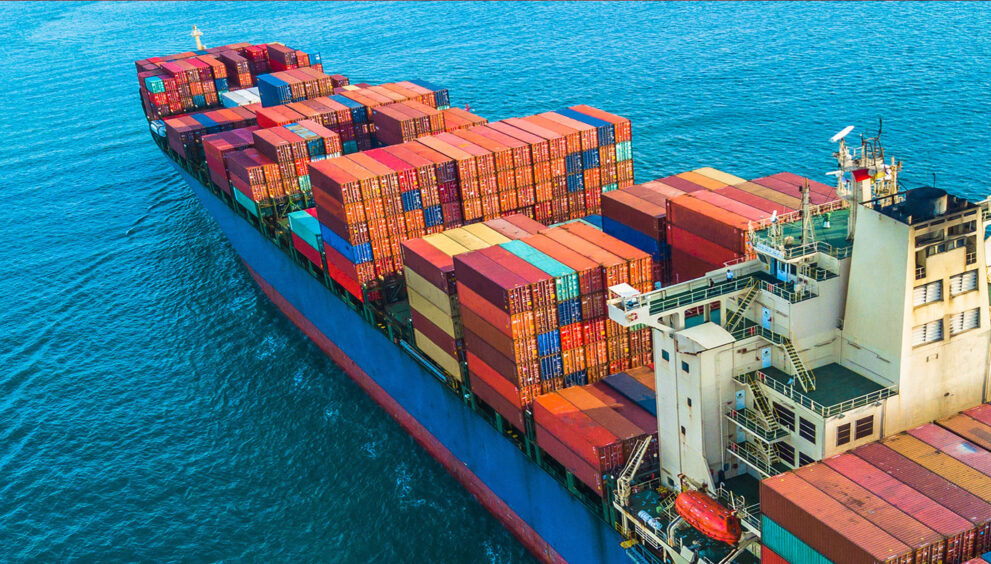Navigating the Intricacies of Shipping to Italy: A Comprehensive Guide

Shipping goods internationally can be a complex process, fraught with regulations, paperwork, and logistical challenges. Italy, with its rich history, strategic location in the Mediterranean, and robust economy, is a popular destination for international shipments. Whether you’re a business owner expanding your market reach, an individual sending a gift, or involved in large-scale freight operations, understanding the nuances of shipping to Italy is crucial. This guide aims to shed light on the key considerations, regulations, and best practices for successfully navigating the journey of your goods to this vibrant European country.
Understanding Italian Customs Regulations
Before sending anything to Italy, familiarizing yourself with the country’s customs regulations is paramount. Italy, as a member of the European Union (EU), adheres to EU rules but also has specific requirements that shippers must follow:
Documentation
Ensure you have all necessary documents, including a commercial invoice, packing list, and a bill of lading for sea shipments or airway bill for air shipments. For certain goods, additional certificates or licenses might be required.
Duties and Taxes
The value of the goods and their classification under the Harmonized System (HS) codes determine the duties and taxes imposed. Italy applies a Value-Added Tax (VAT) on most imports, which businesses can often reclaim.
Restricted and Prohibited Items
Italy prohibits or restricts the import of certain items, such as counterfeit goods, hazardous materials without proper handling and documentation, and specific food products subject to health and safety regulations.
Choosing the Right Shipping Method
The choice of shipping method—air, sea, or land—depends on various factors including the type of goods, budget, and time constraints:
Air Freight
Ideal for time-sensitive shipments, though more expensive. Major airports like Rome Fiumicino and Milan Malpensa serve as key hubs.
Sea Freight
Cost-effective for larger, less time-sensitive shipments. Italy’s major ports, including Genoa, Trieste, and Gioia Tauro, facilitate global maritime trade.
Courier Services
For smaller parcels, international courier services offer door-to-door delivery with tracking and customs handling, suitable for e-commerce and personal packages.
Packaging and Labeling
Proper packaging and labeling are critical to ensure the safety and compliance of your shipment. Use durable materials and secure packing techniques to protect the goods during transit. Labels should include the recipient’s contact information, a detailed description of the contents, and any specific handling instructions. For food and pharmaceutical products, adhere to Italian labeling laws, which require clear ingredient lists, expiration dates, and origin information.
Navigating Customs Clearance
The customs clearance process in Italy can be daunting due to its thoroughness and potential for delays. To smooth this process:
Accurate Documentation
All documents are correctly filled out and submitted in a timely manner. Inaccuracies can lead to delays or confiscation.
Work with a Local Agent
Engaging a customs broker or local agent familiar with Italian regulations can be invaluable. They can navigate the clearance process, minimize duties, and address any issues that arise.
Tips for Success
Stay Informed
Regulations and procedures can change. Regularly check for updates from official sources or through your shipping or logistics partner.
Plan for Delays
Allow extra time for customs clearance and potential logistical challenges, especially during peak seasons or in the face of global disruptions.
Understand Incoterms
Familiarize yourself with International Commercial Terms (Incoterms) to clearly define the responsibilities and costs between buyers and sellers.
Conclusion
Shipping to Italy involves careful planning and adherence to both international and local regulations. By understanding customs requirements, choosing the right shipping method, ensuring proper packaging and labeling, and preparing for customs clearance, shippers can mitigate risks and avoid unnecessary delays. With the right approach and preparation, navigating the complexities of shipping to Italy can be a smooth and successful endeavor, opening doors to one of Europe’s most dynamic markets.


 English
English 


